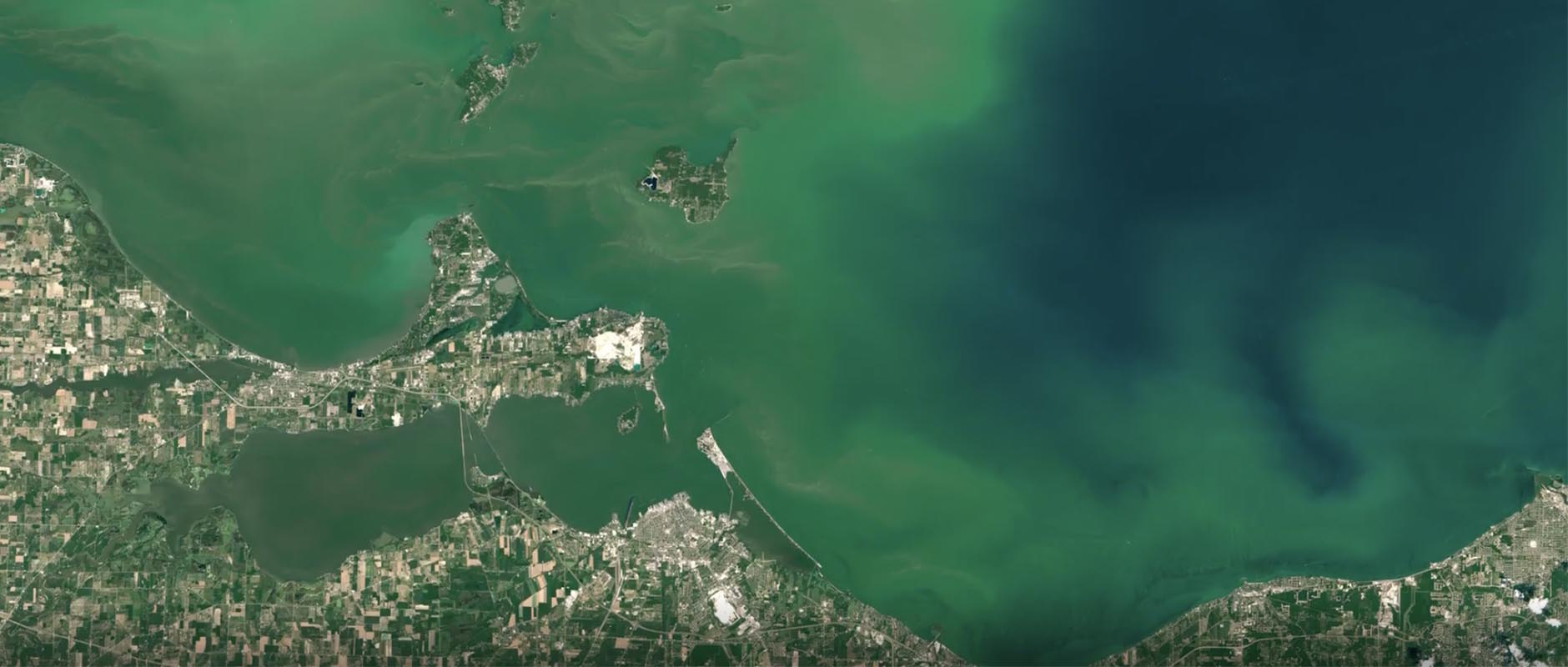Algae are a common occurrence in all marine and freshwater ecosystems, and they play an important role in both coastal fisheries production and ecosystem function. However, they can also lead to major environmental problems. Algae blooms occur when algae grow rapidly and form dense, visible patches on the surface of bodies of water. While some algae blooms are harmless, others can release toxins that are harmful to marine life and humans. These are intuitively named Harmful Algal Blooms (HABs). But as we all know, our world is quickly changing, with factors such as climate change influencing all natural processes. So how does climate change affect algal blooms?
More blooms
A new study published in the journal Nature suggests that the warming of the planet has caused a major increase in the number of visible algae blooms. The research analyzed satellite data from the past two decades and found that algal blooms occurred in 126 out of the 153 coastal countries examined and that the spatial extent and frequency of blooms increased significantly over the study period. In fact, globally, the spatial extent and frequency of blooms increased by 13.2% and 59.2%, respectively. However, tropical and subtropical areas of the Northern Hemisphere saw a decrease in bloom incidence.
While it’s long been predicted that climate change may result in increased frequency and intensity of algal blooms, few studies managed to paint a truly global picture. This new research aimed to fill this knowledge gap regarding the variations in global occurrence, frequency, and drivers of algal blooms in coastal regions, which are challenging to characterize on a large scale due to their heterogeneity in space and time. While algal blooms can be beneficial by fixing carbon and supporting fisheries and ecosystems, they can also be harmful and cause environmental problems, such as depletion of oxygen in bottom waters, leading to fish and invertebrate die-offs, and accumulation of toxins in the food web, causing illness or mortality in marine species and humans.
Climate change
Previous attempts to monitor and analyze algal blooms on a global scale have been limited by inconsistent sampling efforts, diversity in eco-environmental or socio-economic effects, and technical difficulties in dealing with complex optical features across different types of coastal waters. Therefore, the authors developed a new method to map global coastal algal blooms using satellite data from 2003 to 2020. The study aimed to answer three fundamental questions: (1) where and how frequently global coastal oceans have been affected by phytoplankton blooms; (2) whether the blooms have expanded or intensified over the past two decades, both globally and regionally; and (3) the identity of the potential drivers.
The study also discusses the various factors that contribute to the increased frequency and distribution of algal blooms in the ocean. One factor is sea surface temperature (SST), with high-latitude regions (>40° N), such as the Alaska Current, the Oyashio Current, and the Baltic Sea, showing significant positive correlations between annual mean bloom frequency and coincident SST. Changes in climate can also affect ocean circulation and alter ocean mixing, which can drive the growth of marine phytoplankton and bloom formation. The study also showed that global climate events and changes in anthropogenic nutrient enrichment may have contributed to the trends in blooms. For example, the decline in bloom frequency in the Arabian Sea could result from decreased fertilizer use in the surrounding countries, while the bloom strengthening in some Asian countries could be attributed to surges in fertilizer use. Additionally, the intensified aquaculture industry in certain countries may be linked to their increased bloom incidence.
It is important to note that the criteria for detecting algal blooms may not capture the full incidence due to factors such as sensor sensitivity and algorithm thresholds. So many smaller blooms could have gone undetected, accidentally painting a more positive image than reality. Despite these technical limitations, the study’s consistent metrics and thorough analysis demonstrate a worrying global increase in coastal algal blooms.
Beyond marine
Moreover, while it focused primarily on the impact of algal blooms on marine ecosystems, the findings have implications for freshwater systems as well. The increase in algae blooms could lead to the depletion of oxygen in lakes and rivers, creating “dead zones” where fish and other aquatic life cannot survive. In addition to the environmental and health impacts of HABs, they can also have significant economic consequences. For example, HABs can lead to the closures of fisheries and aquaculture operations, which can result in lost revenue and jobs. The cost of dealing with HABs, including monitoring and mitigation efforts, can also be substantial.
These findings could help identify areas at risk of algal blooms, prioritize monitoring efforts, and inform management and mitigation strategies to protect aquatic ecosystems, fisheries, and coastal resources from the negative impacts of algal blooms.
Given the potential risks associated with algae blooms, proper monitoring and early warning systems are essential. For example, the use of MPC-Buoy and LG Sonic Remote Sensing can provide real-time monitoring of water quality parameters, enabling early detection of potential algae blooms. By taking proactive steps such as implementing effective monitoring and early warning systems, we can mitigate the risks associated with algae blooms and protect the health of our marine and freshwater ecosystems.
The study underscores the urgent need to address climate change and reduce greenhouse gas emissions. By taking action to curb global warming, we can help protect our oceans and lakes from the harmful effects of algae blooms and ensure a healthy planet for future generations. And by creating a holistic monitoring and early warning system, we can manage algal blooms as they appear.
